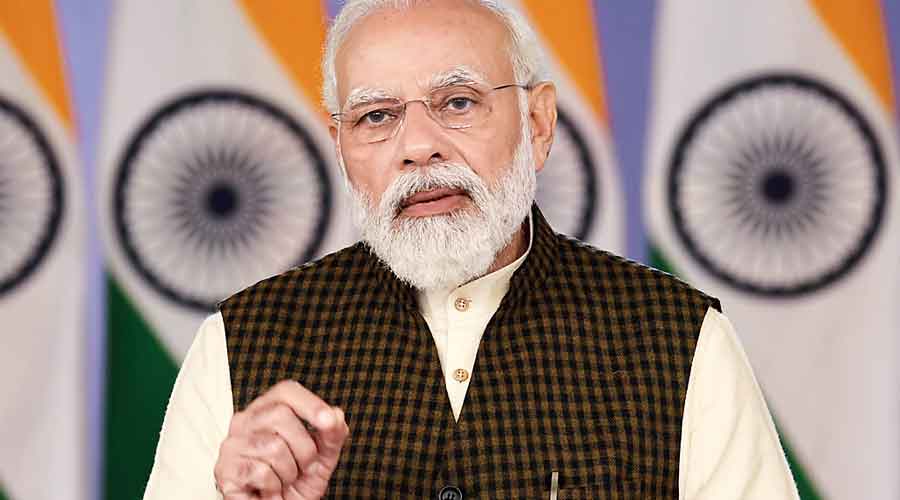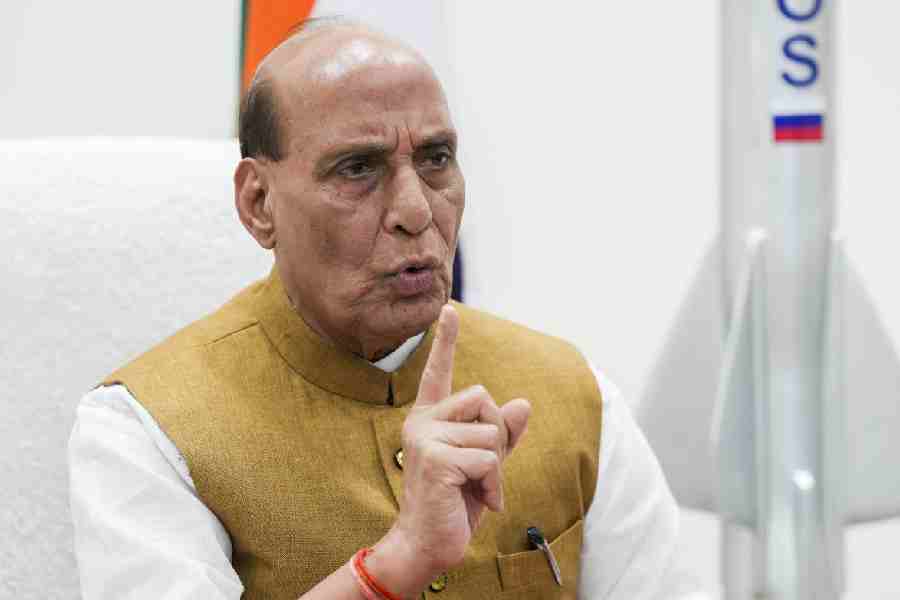The extreme inequality the neo-liberal assault on the Indian economy has generated can be tackled only when
the Narendra Modi regime is removed, economist Ratan Khasnabis, director of the School of Business at Sister Nivedita University, shares in an interview.
Inequality in India is no startling news. But then, why has the media concentrated on the recently published World Inequality Report with special emphasis on India’s condition?
We tend to forget that there was another India in the past where inequality was declining. The share of the fiscal income accruing to the top 1 per cent earners shrank substantially from the mid-1950s to the mid-1980s, from about 13 per cent of the fiscal income to less than 5 per cent.
This trend, however, was reversed in the mid-1980s when pro-business market deregulation policies were implemented. The share of the fiscal held by the top 1 per cent doubled from less than 5 per cent in the mid-1980s to 10 per cent in 2000.
I quote this from Lucas Chancel and Thomas Piketty’s path-breaking research work: Indian income inequality, 1922-2015: From British Raj to Billionaire Raj?
Subsequent data convincingly prove that this trend continued uninterrupted till 2014 when Modi came to power with the promise that this trend would be reversed…. The fact, however, is that this movement has further intensified under the Modi government.
While the Gini coefficient of income inequality was 34.4 per cent in 2014 (100 per cent indicates full inequality and 0 per cent full equality), it had increased to 47.9 per cent by 2018. With this dramatic increase, Modi’s India emerged as one of the most unequal countries in the world, with rising poverty and an affluent elite.
Indeed, the World Inequality Report (2022) highlights that the top 10 per cent and top 1 per cent in India now hold 57 per cent and 22 per cent of the total national income, respectively, while the share of the bottom 50 per cent of the population in the total national income has fallen to a measly and ludicrous 13 per cent.
We should add that India now ranks third in the global count of dollar billionaires. A chronological account of inequality in India, comparing the figures of the past with those of the present, does indicate the severity and intensity of the inequality we are experiencing now. The media is highlighting this shocking, dichotomous reality captured in the World Inequality Report.
Why is the situation so deplorable and chilling? What has been the specific contribution of the present regime to it?
A neo-liberalism-induced, intense informalisation of the workforce outside agriculture — which obviously includes the workforce in the formal sector as well — and the systematic withdrawal of State support to the agricultural sector have brought about a paradigm shift in income distribution since the mid-1980s.
This has been reflected in the declining share of labour (including the share of the self-employed) in the Indian GDP since the mid-1980s. Modi’s ill-conceived demonetisation accelerated this process of decline — in as much as the plank of informal transactions was cash, and the demonetisation dealt a deadly blow to such transactions.
Before the informal transactions could find a way out of this sorry state of affairs, a second blow was struck. This time it was the GST (goods and services tax) with a very complex “input-credit” system.
One should note in this context that more than 80 per cent of non-agricultural employment at present is informal employment. Jobs have declined at a frightening pace in this vast sector of informal employment, too, mainly because many small units were simply unable to cope with the new regulations.
Even the activities characterised as “own account work”, which are strongly dependent on local markets and domestic consumption, have declined sharply. The pandemic has turned the scenario even more deplorable and chilling. Formal employment is now being “informalised” at breakneck speed, leading to a severe reduction in labour costs in the formal sector — an act that has accelerated inequality even further.
At the same time, the share of the informal sector has itself declined dramatically, as this sector has failed to comply with the “new normal”. Moreover, even though the market wage rate has been reduced, the informal sector employees have been forced to join “the reserve force of unemployed” in large numbers. Thus, while the few billionaire businessmen have increased their income spectacularly during the pandemic (Adani and Ambani in particular), millions had to stomach dismissal or a sharp reduction in income.
Closely connected with this is the Himalayan height of unemployment, which has broken all records. How has this contributed to inequality?
Yes, it has contributed and in a massive manner. As the Periodic Labour Force Survey prepared by the National Statistical Office indicates, the unemployment rate in early 2021 was 9.4 per cent, which was certainly higher than the pre-pandemic levels of 9.1 per cent. The future then is not promising at all. Let us take a specific example. There is now a direct connection through mobile apps between the wholesale producer and the regional retailer. As a consequence, the travelling salesman standing in between is vanishing. Millions are losing their jobs and a huge segment of salespeople has been left in the lurch - moneyless, jobless, without any future.
Simultaneously, the producers are reaping more and more profit as they can economise on the distributor’s margin without transferring even a part of the gain to the consumers. This is just one potent example of job-killing that is being practised now. There are many others.
What about the manufacturing sector, which is another possible source of employment and production of wealth?
You know, a recent edition of Ecowrap, a publication of the research team of the State Bank of India, has claimed that India’s informal economy has declined drastically from 52.4 per cent in 2017-18 to between 15 and 20 per cent in 2020-21. Just imagine, in only three years!
Although the bank has not specified it clearly, the calculation leads to the inevitable conclusion that informal manufacturing and trade is in the doldrums while the formal sector — as the emperor — is entering this unprotected territory in a big way.
Accordingly, employment opportunities are bound to decline even further as the formal sector is not labour-intensive and — ironically enough — in the meanwhile has learnt well the art of informalising formal jobs. In sum, the reasons for the crass inequality are real and palpable. This will continue to affect millions. This debilitating and suicidal pace can be tackled only by replacing the powers that be by another dispensation not wedded to the rampant following of neo-liberalism.
Subhoranjan Dasgupta is professor of human sciences










